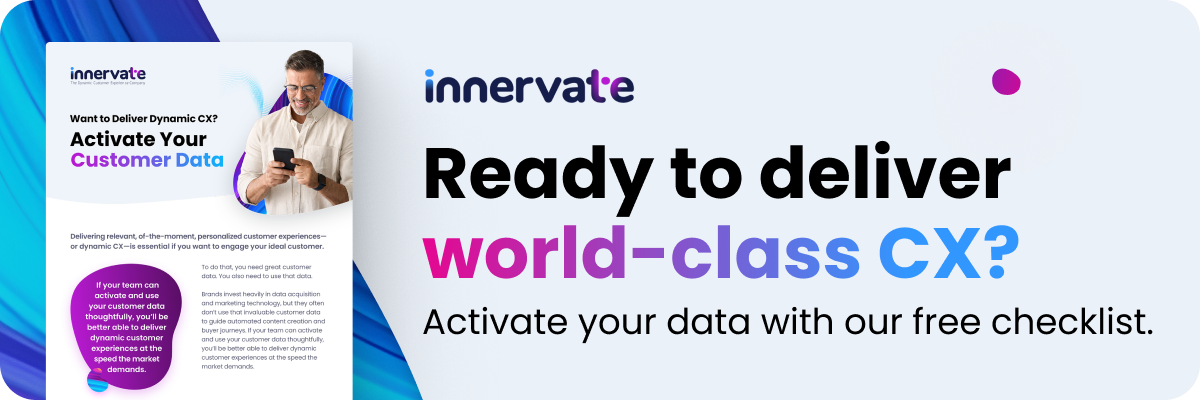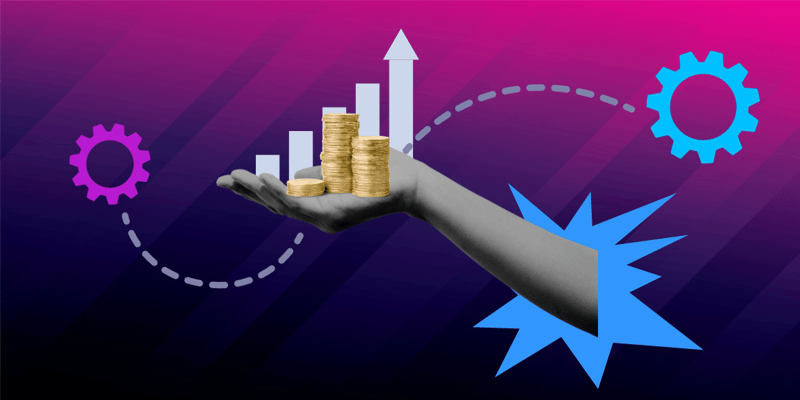It’s tempting to think that ad analytics are “just numbers” or, at best, a series of incomprehensive charts and vague jagged lines that give you very specific information about the success of your existing ad campaigns.
Here’s the thing: Understanding those charts and lines is truly a gateway to understanding your customers and refining your marketing strategies. By harnessing the insights from ad analytics, businesses can create more personalized, relevant, and effective ad campaigns.
Making It Easy to Use Ad Analytics for Enhanced Customer Insights
Ad analysis can feel a lot more like time stumbling around in the weeds and Excel sheets that nobody knows how to use instead of the process of discovering exciting, interesting, and usable data.
There are a few reasons for that. For one, ad metrics tend to live across multiple dashboards and platforms, requiring users to compile their own reports (or, worse, keep information in their heads as they scan data from several open tabs).
Your first step in benefiting from ad analysis is getting everything in one clear, panoramic view. By creating a centralized dashboard where you can see all your metrics in one place, you get a holistic view of the buyer’s journey. It's like having a map where X marks the spot for customer insights.
Once you have that map in place, you can start putting those metrics and numbers to work.
How Can You Use Insights from Ad Analytics to Accomplish Your Goals?
This depends largely on what your goals are.
If your goals are to wow your customers, read their minds, and be two steps ahead of their needs at all times, there’s an excellent chance that one of the following strategies will be useful:
1. Meet your customers where they are with geotargeting.
Geotargeting can help you make your digital ads contextually relevant and location-specific, so you can speak to your audience where they are. If you’ve ever received an ad for winter coats while vacationing in the Bahamas, you’ve experienced the dissonance of an ad that couldn’t possibly land!
By analyzing your ad performance and drawing some conclusions about what works best where, you can use geotargeting for future ads to reach the right audience with the right message in the right place.
2. Understand (and exceed!) customer expectations.
Today’s customers expect personalization, relevance, seamlessness, transparency, and value in their ad experiences.
That’s a tall order—one that’s far beyond the capabilities of a manual ad creative team. Dynamic creative ads are the answer to these evolving expectations, offering you the ability to create, tweak, and personalize real-time, adaptable, and relevant content at scale. But, before you can get started with creative, you need to start with analytics. If you’re working in the dark with no knowledge of what your customers want, it’ll likewise be impossible to deliver what is needed.
3. Deploy audience segmentation to specify your messaging.
Using ad analytics to group your audience by behavior, demographics, or even their demonstrated interests can help you pull together creative that speaks uniquely to them. This can help you see more engagement with your ads and help you avoid releasing creative that is too general, too vague, and too overarching to really speak to any group’s specific needs.
4. Calculate ROI so you can optimize your ad spend.
Let's talk money. You want to ensure every dollar you spend is working as hard as you are. By diving into your ad analytics, you can pinpoint which platforms and campaigns are giving you the best bang for your buck.
Remember, systems with more data are like a well-oiled machine, especially when artificial intelligence and machine learning step into the game. The more data they have, the better they get at optimizing your ad creatives and churning out top-notch recommendations.
5. Schedule ads strategically for when your audience is most active.
Ever thrown a party and no one showed up? That's what it feels like when your ads go live and your audience is MIA. With insights from your ad analytics, you can identify those golden hours when your audience is most active. Whether they're scrolling during their morning coffee, sneaking a peek during work, or indulging in some late-night browsing, make sure your ads are right there, waiting to dazzle them.
Simplifying the Process of Ad Analytics
Diving into ad analysis may not seem like a walk in the park, but by keeping your eyes on the prize, it can be a lot easier to ensure you get the data you need without getting bogged down.
Here are a few tips and tricks we recommend:
- Stay updated. The best ways to get the most out of your data change constantly. Keep up with the latest industry tools and trends to be in the know.
- Automate your reports. Find an analytics solution that allows you to preset automatic reports so you can focus less on data collection and more on learning from your data.
- Focus on a few key metrics. Which line items on your reports do you actually read? Consider whittling your reports down to just the data you need so you don’t get lost en route to what really matters.
- Visualize your data. Use graphs and charts to simplify complex data. Humans are visual, and a simple picture can help you intuitively grasp something far faster than a numbers-heavy table.
- Drive improvement with AI. Using AI tools to iterate, test, and optimize your ad strategies based on the real-time results you get is a proactive approach that fuels perpetual improvement—which keeps you ahead of the curve and maximizes ROI.
Remember, ad analytics isn’t just about numbers. It’s about stories, patterns, and insights—the power of turning raw data into real action.
If you're looking to truly harness the power of your ad analytics and elevate your ad experiences to the next level, we’ve got you covered with a free checklist to help you activate your customer data.




